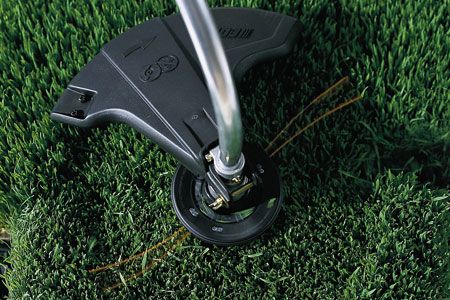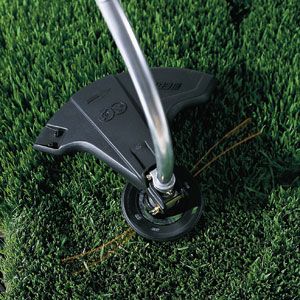
String trimmers are versatile lawn care tools that can help significantly improve your yard’s appearance. These machines use whirling plastic lines to cut grass and weeds in hard-to-reach areas, creating crisp edges along walkways and flower beds. Whether you’re maintaining a small suburban lot or tackling a large property with varied terrain, selecting the right string trimmer is crucial. This guide will help you understand the different types of string trimmers, assess your yard’s needs, and master essential trimming techniques.
Understanding String Trimmers: Types and Features
String trimmers come in various types, each with its own set of features and benefits. The three main categories are gas-powered, electric, and battery-powered trimmers. Understanding the pros and cons of each type will help you make an informed decision when choosing the best trimmer for your needs.
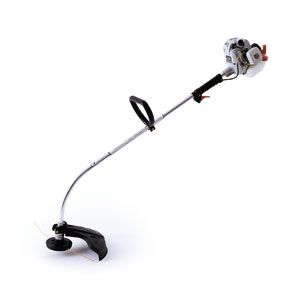
Gas-Powered Trimmers
Gas-powered trimmers are known for their power and mobility, making them ideal for larger properties and tough vegetation.
Pros
- Powerful enough to clean up a big yard
- Large cutting swath (16–18 inches)
- No cord restrictions
Cons
- Heavier than electric models
- Noisier operation
- Require more maintenance
- Need to keep gas and oil on hand
Gas trimmers come in two main engine types: two-cycle and four-cycle. Two-cycle engines are more common and run on a mix of gas and oil. They’re generally less expensive, with models available for under $200. Four-cycle engines, while more expensive (starting at $300), offer smoother operation, less pollution, and don’t require mixing fuel.
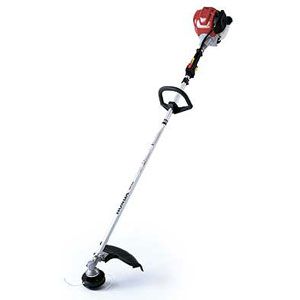
Electric Trimmers
Electric trimmers are lighter, quieter, and more environmentally friendly than their gas-powered counterparts. They’re well-suited for smaller yards and areas close to the house.
Pros
- Lightweight and portable
- Lower price point
- Quieter operation
- No emissions
Cons
- Less powerful than gas models
- Limited by cord length or battery life
- Smaller cutting swath (12–15 inches)
- Not suitable for heavy-duty brush-cutting
Corded electric trimmers offer consistent power but are limited by the length of their extension cord. They’re best for small to medium-sized yards with easily accessible outdoor outlets.
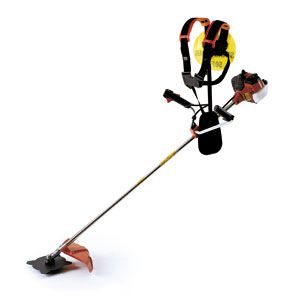
Battery-Powered Trimmers
Battery-powered trimmers combine the portability of gas models with the clean operation of electric ones. They’re ideal for small to medium-sized yards and offer the convenience of cordless operation.
Pros
- No cord restrictions
- Quieter than gas models
- Low maintenance
- Environmentally friendly
Cons
- Limited runtime on a single charge
- Less powerful than gas models
- Higher initial cost compared to corded electric trimmers
When choosing a battery-powered trimmer, consider purchasing a spare battery pack to extend your working time.
Assessing Your Yard’s Trimmer Needs
Before selecting a string trimmer, it’s essential to evaluate your property’s specific requirements. The size of your yard and the type of terrain you’ll be working on are crucial factors in determining the most suitable trimmer for your needs.
Property Size Considerations
The size of your property plays a significant role in choosing the right string trimmer. For small urban or suburban yards, an electric or battery-powered trimmer may suffice. These models are typically lighter and easier to maneuver in tight spaces.
For larger properties, a gas-powered trimmer might be more appropriate. These trimmers offer greater mobility and power, allowing you to cover more ground without being tethered to a power source or limited by battery life.
Terrain Challenges
Consider the terrain you’ll be working on when selecting a string trimmer. If your yard is relatively flat with few obstacles, a lighter electric or battery-powered model may be suitable. However, if you have a hilly landscape, rocky areas, or dense vegetation, a more powerful gas-powered trimmer might be necessary.
For particularly challenging terrain, Roger Cook, This Old House landscape contractor, recommends keeping two trimmers on hand: “I keep two trimmers in my truck—one with plastic string, the other with a blade. I switch to the latter the minute the string stops cutting and wraps around a tough stem.”
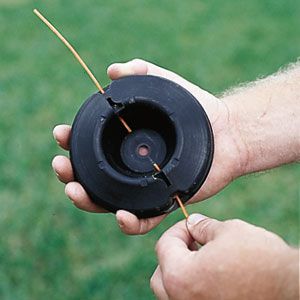
Selecting the Right String Trimmer
When choosing a string trimmer, consider factors such as power requirements, cutting swath width, and shaft design. These features will impact the trimmer’s performance and your comfort while using it.
Power Requirements
The power needs of your trimmer depend on the size of your yard and the type of vegetation you’ll be cutting. For small lawns with light grass, a 3-amp or higher corded electric trimmer should suffice. For medium to large yards with tougher vegetation, consider a gas-powered trimmer with at least a 25cc engine.
Cutting Swath Width
The cutting swath is the width of the area the trimmer can cut in one pass. Larger cutting swaths allow you to cover more ground quickly but may be less maneuverable in tight spaces. Gas-powered trimmers typically have wider cutting swaths (16–18 inches) compared to electric models (12–15 inches).
Shaft Design: Straight vs. Curved
String trimmers come with either straight or curved shafts. Straight shafts are more durable and versatile, accepting a wider range of attachments. They’re also better for reaching under bushes and fences. Curved shafts, on the other hand, are often easier on the back and provide better balance, making them more comfortable for some users.
Essential Accessories and Safety Gear for a String Trimmer
To get the most out of your string trimmer and ensure safe operation, you’ll need the right accessories and protective equipment.
Trimmer Line Options
String trimmers use a variety of line types and thicknesses. As Roger advises, “In most cases, heavier is better. The right texture, on the other hand, depends on your landscape. You have to experiment.”
Some innovative designs, such as Echo’s Rapid-Loader trimmer head, make replacing the line easier. Roger notes, “I keep a handful of strings in my pocket. Within 30 seconds, I can have new ones on, and I’m off to work again.”
Protective Equipment
Safety should always be a priority when using a string trimmer. Essential protective gear includes:
- Eye protection (goggles or safety glasses)
- Ear protection (earplugs or earmuffs)
- Long pants and sturdy boots
- Gloves
- Face mask (when using a brush-cutting blade)
Remember, trimmer tips can spin at speeds close to 400 mph, making proper protection crucial.
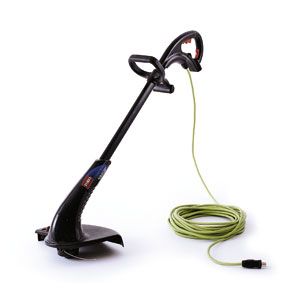
Mastering Trimmer Techniques
Proper technique is essential for achieving the best results with your string trimmer. Here are some key methods to master.
Basic Trimming and Edging
When trimming, keep the string head about 2–3 inches off the ground, similar to the height of a mower blade. Sweep the machine side to side in a steady motion parallel to the ground. For edging along driveways and walkways, tilt the trimmer so the string spins vertically, creating a clean, defined edge.
Tackling Overgrown Areas
For tall grass and weeds, start trimming from the top down. This prevents the stems from tangling around the trimmer head. Roger suggests, “If you trim tall grass and weeds at ground level, the stems are liable to tangle around the trimmer head and stall it.”
Trimming Around Obstacles
When trimming near trees, posts, or steps, approach carefully to avoid damaging bark or surfaces. Stop short of hitting these objects with the string. Consider creating mulch beds around trees and posts to reduce the need for close trimming.
String Trimmer Maintenance and Care Tips
Proper maintenance ensures your string trimmer performs well and lasts longer. Below are some essential care tips.
Cleaning Your Trimmer
After each use, wipe off grass clippings and debris from your trimmer. For gas-powered models, check the fuel level and remaining string. Electric models should have their cords neatly coiled or batteries recharged.
Storing Your Equipment Properly
Store your trimmer in a dry, cool place. Some gas-powered models must be stored upright or level to prevent fluid leaks. Always consult your owner’s manual for specific storage instructions.
Advanced Trimming: Brush Cutting and Attachments
To tackle tougher vegetation or expand your trimmer’s capabilities, consider the following advanced options.
Using Metal Blades for Brush
When dealing with thick brush or saplings, a metal blade attachment can be more effective than string. However, extra caution is required. Use proper protective gear, including a helmet and face mask, and never remove the blade guard.
Versatile Trimmer Attachments
Many trimmers, especially those with straight shafts, can accept various attachments. These may include edgers, cultivators, or even small chainsaws, expanding your trimmer’s functionality.
Our Conclusion
Choosing the right string trimmer can significantly enhance your lawn care routine. Consider your property size, terrain, and specific needs when selecting between gas-powered, electric, or battery-operated models. Remember to prioritize safety by using appropriate protective gear and mastering proper trimming techniques.
